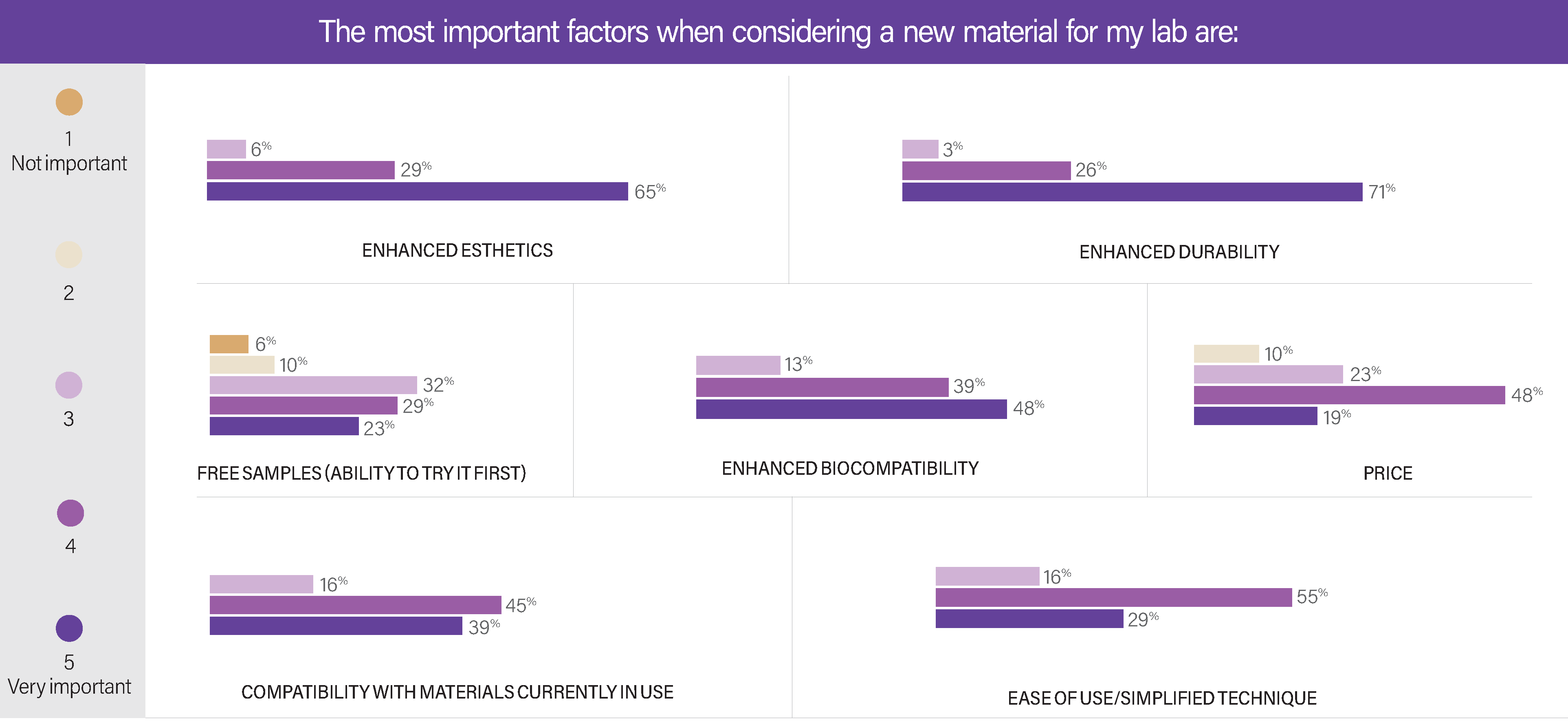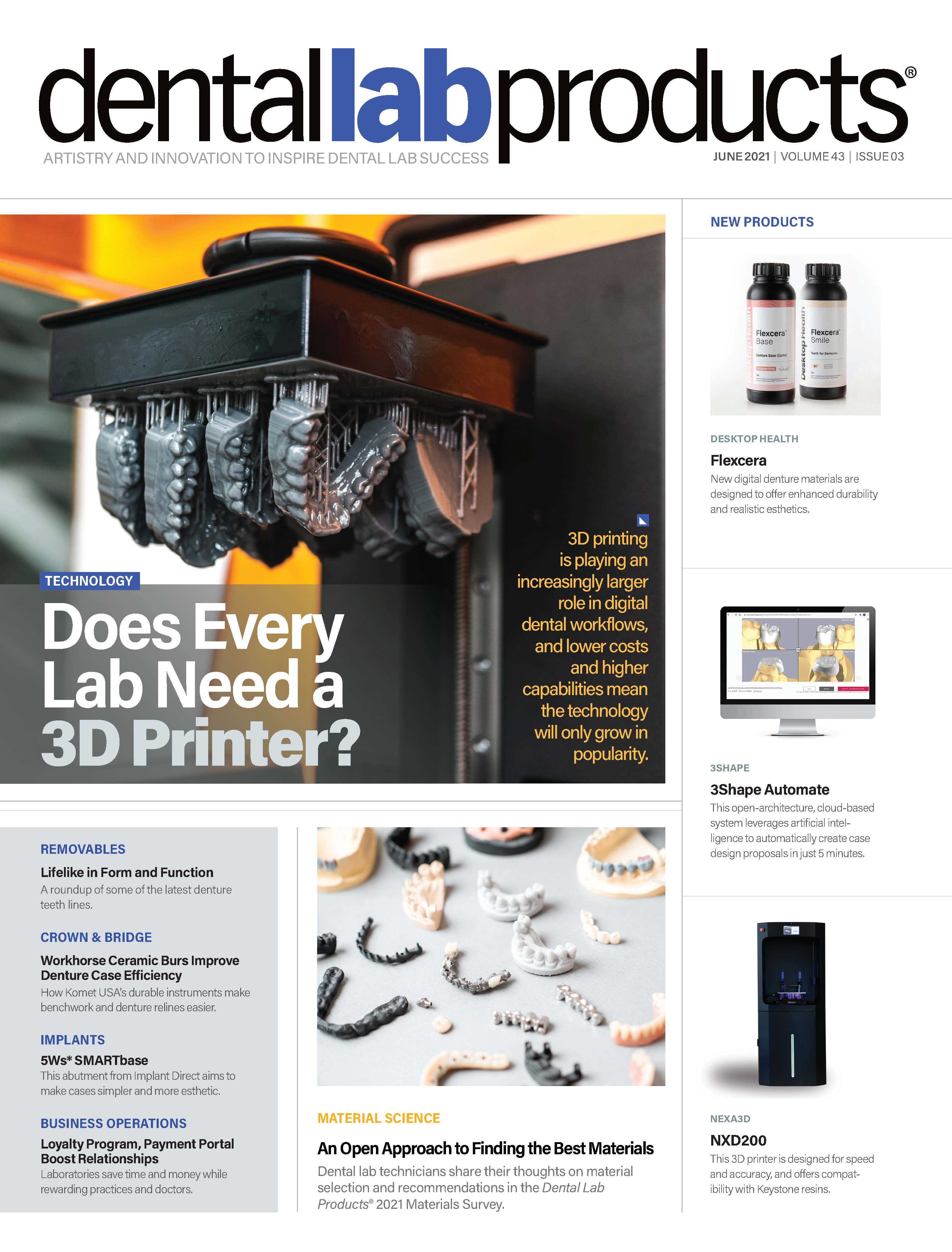The 2021 DLP Materials Survey: An Open Approach to Find the Best Materials
The Dental Lab Products® 2021 Materials Survey provides a look at what materials are most often recommended in various clinical situations, as well as the most important properties for a dental material.
rh2010 / stock.adobe.com
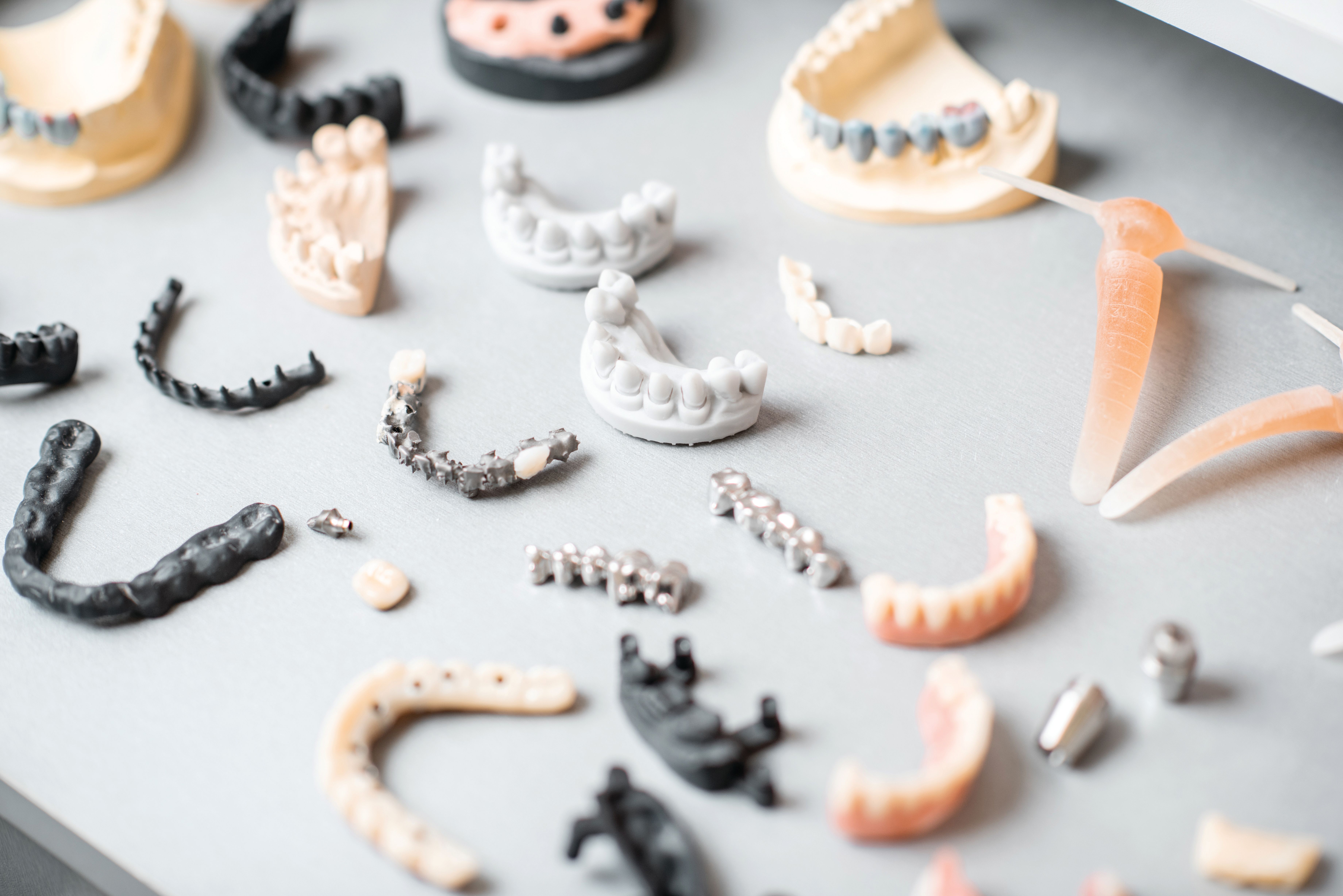
Dental labs and the technicians working there must become experts with the materials they use. A technician needs to understand the specific nuances of a material relative to the techniques for shaping and processing the material as well as the techniques for finishing the restoration. An understanding of a material’s physical properties is key because restorations must be engineered to meet functional demands as exacting as the esthetic expectations of patients and clinicians. With this in mind, we asked what materials technicians are most likely to recommend for different restoration types, as well as what factors are most important when selecting a new material to use.
Fixed Material Recommendations
When it comes to choosing materials to recommend for different clinical situations, it should be no surprise that the response depends on the type and location of the restoration. While zirconia is proving to be the Swiss Army knife of indirect materials and was the most popular choice for use in the posterior, glass ceramics and layered ceramics were other popular options for single anterior units. When it comes to the posterior for crowns or bridges, porcelain-fused-to-metal (PFM) or porcelain-fused-to-zirconia (PFZ) options remain common recommendations. The opinions were most divided on the best option for anterior bridges, where zirconia, PFM, and layered ceramic restorations were all popular choices.
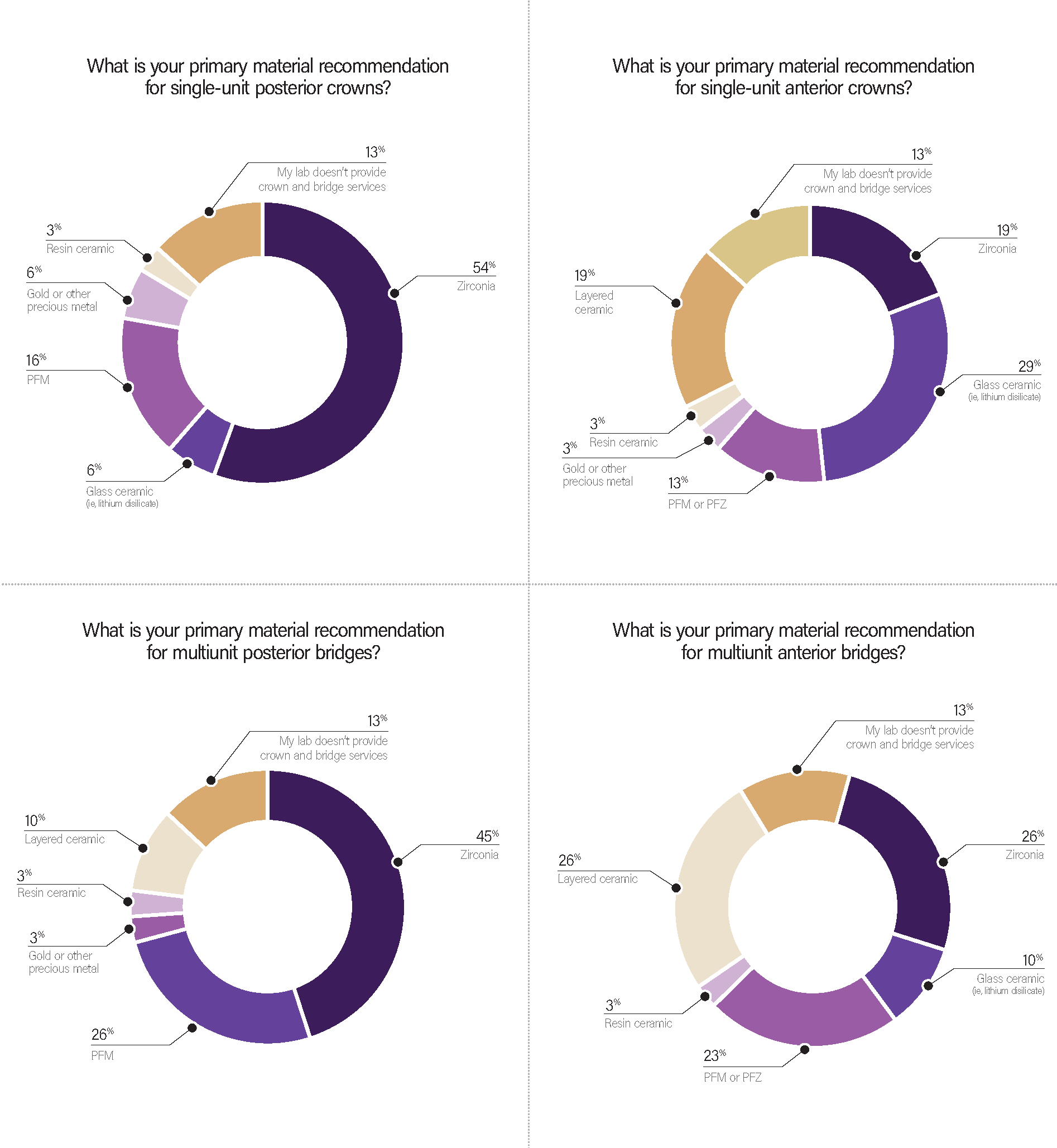
Removable Material Recommendations
When it comes to removable partials, the recommendations are all across the board. Cobalt-chrome (CoCr) frames were the most popular choice, but titanium alloys were close behind, and newer polymer options received strong support from the lab providing removable partial services. From this variety of recommendations, it’s clear there are many workable options for designing removable partial frameworks.
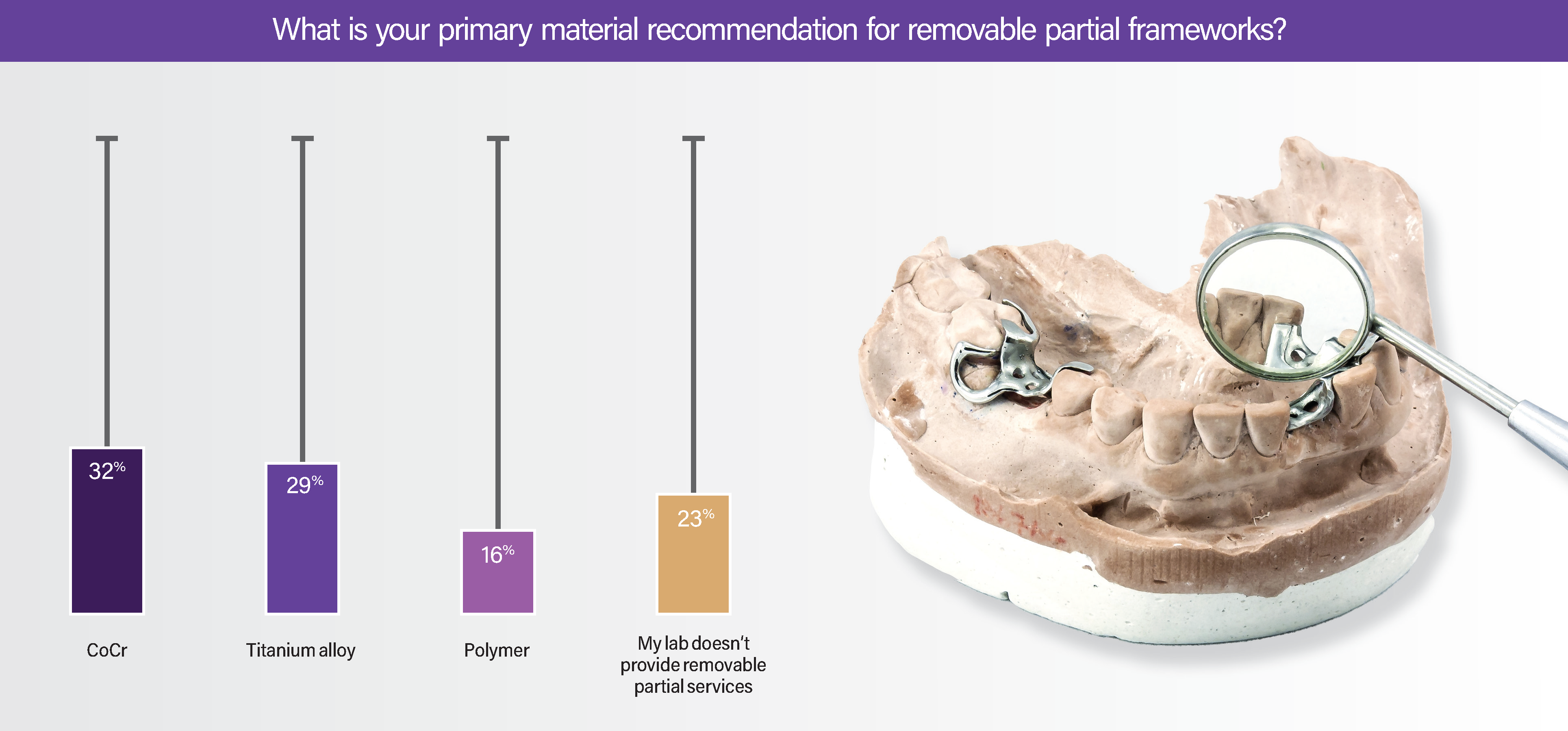
Material Factors
It’s likely no surprise that the factors rated most important when considering a new material are enhanced durability followed closely by enhanced esthetics. Those factors were rated as “very important” by more than half of the survey respondents, and when the “important” votes are added to that total, both factors were cited by more than 9 in 10 survey respondents. Every factor in the survey was rated as “very important” or “important” by more than half the respondents, so it’s clear that lab technicians are evaluating every aspect of a new material before bringing it into a lab.
